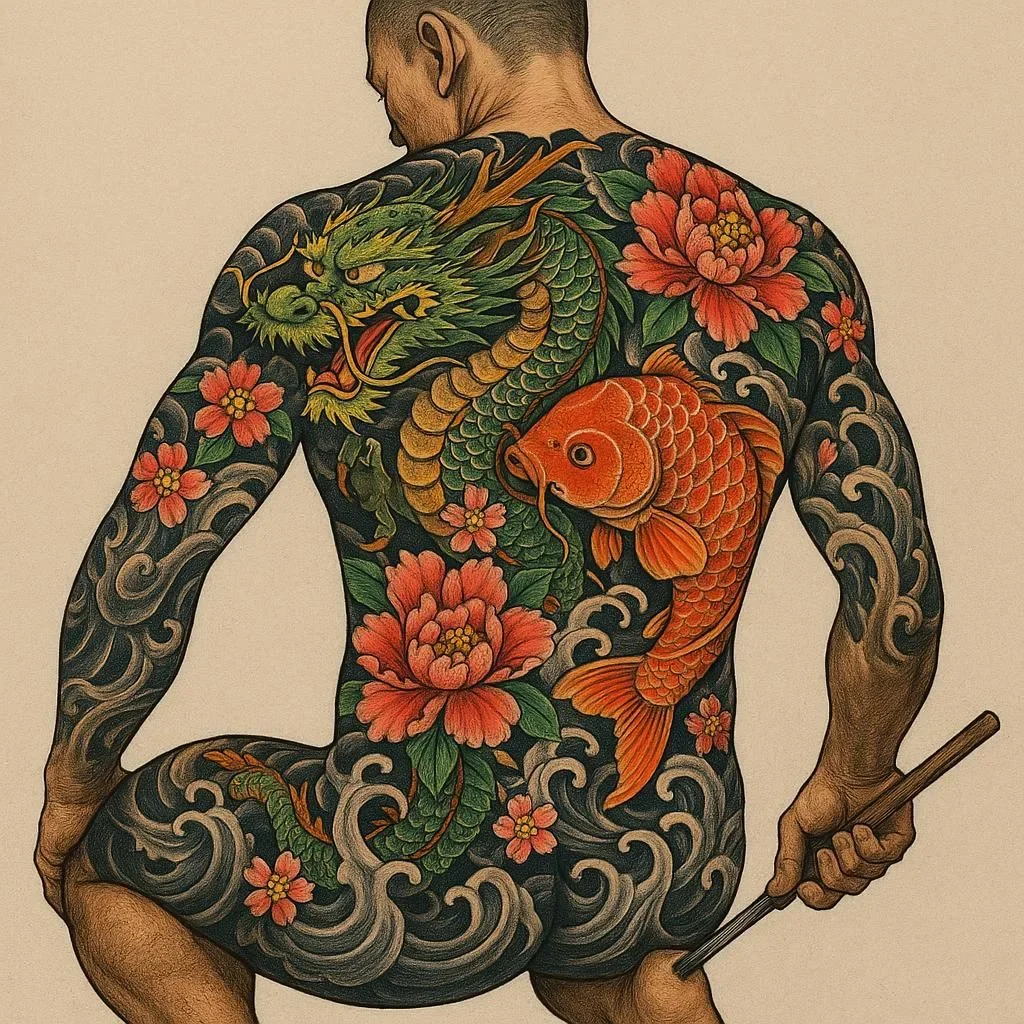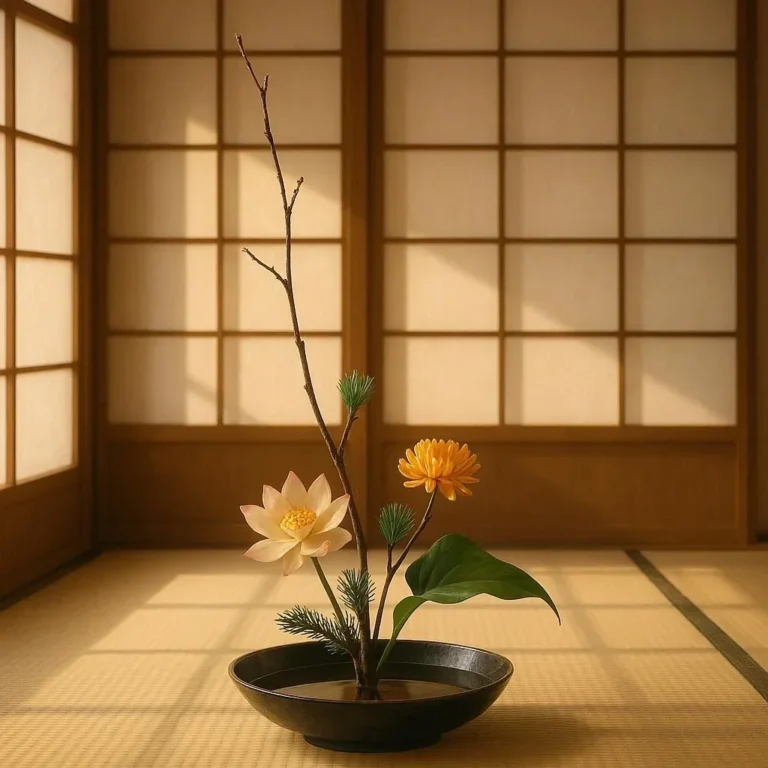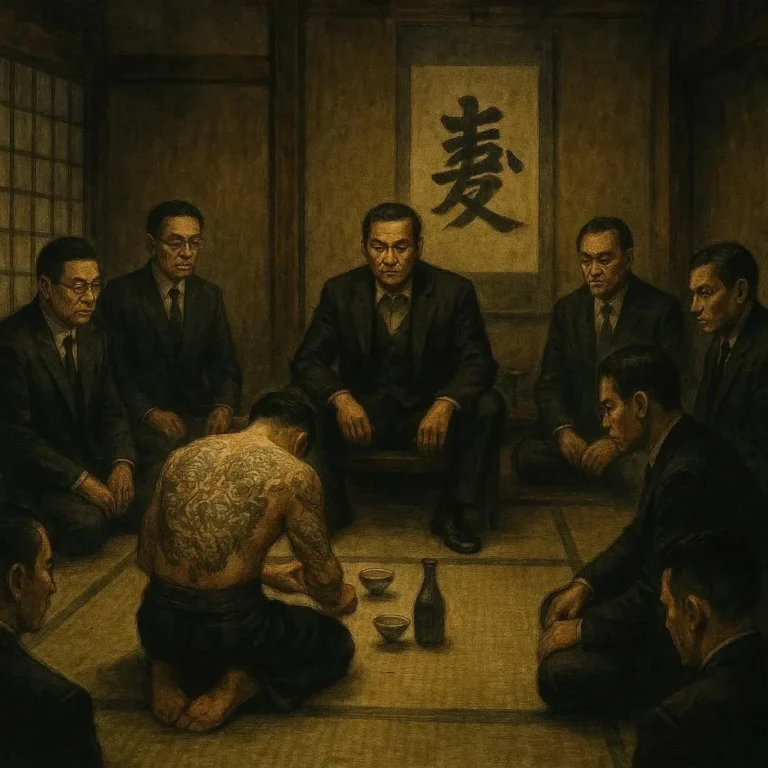506 views Yakuza Tattoos: Symbols of Loyalty and Power
For centuries, tattoos have played a significant role in various cultures, often serving as more than just aesthetic designs. In the world of the Yakuza, Japan’s infamous organized crime syndicates, tattoos are deeply symbolic, representing loyalty, power, and a bond to the organization. These intricate designs, often covering large portions of the body, are more than just art; they are a way of life. This blog delves into the fascinating world of Yakuza tattoos, their history, meanings, and the role they play in the Yakuza hierarchy.
A Brief History of Yakuza Tattoos
The history of Yakuza tattoos dates back to the Edo period (1603-1868), when tattooing was a form of punishment for criminals. These tattoos were meant to mark individuals as outcasts, making it easier for society to identify and shun them. However, over time, the Yakuza, who were originally known as *tekiya* (peddlers) or *bakuto* (gamblers), adopted these tattoos as a symbol of their identity and pride.
The word “Yakuza” itself is derived from the term *ya-ku-sa*, which refers to the worst possible hand in a card game. This term signifies the Yakuza’s acceptance of their position as outcasts and their willingness to endure hardships. Their tattoos reflect this resilience and their commitment to their way of life.
The Process of Getting a Yakuza Tattoo
The process of getting a Yakuza tattoo is not for the faint of heart. It is a painful and time-consuming procedure, often taking years to complete. The tattoos are typically hand-poked using a technique called *tebori*, which involves using a series of needles attached to a wooden or bamboo handle to puncture the skin and insert ink. This method is slower and more painful than modern tattoo machines, but it is preferred for its precision and the deep, rich colors it produces.
The tattooing process is also steeped in ritual. The tattoo artist, known as a *horishi*, holds a revered position within Yakuza culture. The *horishi* is not just an artist but also a mentor and a guide, as the tattoo designs are often chosen based on the individual’s role within the Yakuza and their personal history.
The Symbolism Behind Yakuza Tattoos
Yakuza tattoos are not random designs; every element has a specific meaning. These tattoos are a visual representation of the individual’s life story, their loyalty to the Yakuza, and their personal values. Let’s explore some of the most common symbols found in Yakuza tattoos:
1. Dragons
Dragons are one of the most common symbols in Yakuza tattoos. In Japanese culture, dragons are revered for their strength, power, and wisdom. They are often depicted as large, serpentine creatures with fiery breath, symbolizing both destruction and creation. A dragon tattoo on a Yakuza member signifies their strength and fearsome reputation.
2. Koi Fish
The koi fish is another popular symbol in Yakuza tattoos. Koi fish are known for their perseverance and determination. According to legend, a koi fish that swims upstream and reaches the top of a waterfall becomes a dragon. This transformation symbolizes the Yakuza member’s ambition and desire to rise above their surroundings.
3. Cherry Blossoms
Cherry blossoms, or *sakura*, are a symbol of the fleeting nature of life. In Japanese culture, cherry blossoms represent the brief moment of beauty before they fall. For the Yakuza, cherry blossoms signify the transient nature of life and the willingness to die for one’s honor and loyalty.
4. Waves
Waves are a common motif in Yakuza tattoos, symbolizing the turbulent and unpredictable nature of life. Waves also represent the Yakuza member’s ability to adapt and overcome challenges. They are often depicted in combination with other symbols, such as dragons or koi fish, to enhance their meaning.
5. Phoenix
The phoenix is a symbol of rebirth and resurrection. In Japanese culture, the phoenix is known as the *houou*. It is said to appear only in times of peace and prosperity, and it is often associated with the emperor. For the Yakuza, the phoenix represents their ability to rise from the ashes and overcome adversity.
6. Skulls
Skulls are a symbol of mortality and the transient nature of life. In Yakuza tattoos, skulls often represent the individual’s acceptance of death and their willingness to die for their organization. They are also a reminder of the consequences of failing in one’s duties.
7. Kanji
Kanji, or Chinese characters, are often incorporated into Yakuza tattoos to convey specific messages or values. Common kanji symbols include * loyalty *(chūgi)*, *honor*(meiyo)*, and *strength*(tsuyosa)*. These symbols serve as a constant reminder of the Yakuza member’s commitment to their code of conduct.
The Role of Tattoos in the Yakuza Hierarchy
Within the Yakuza hierarchy, tattoos serve as a visual indicator of a member’s rank and status. The quality and complexity of the tattoo often reflect the individual’s position within the organization. A more intricate and elaborate tattoo usually signifies a higher rank and greater respect within the Yakuza.
The act of getting a Yakuza tattoo is also a rite of passage. New members are often required to undergo the painful tattooing process as a test of their endurance and commitment. The tattooing process is not only a physical ordeal but also a spiritual one, as it involves the acceptance of one’s fate and the embrace of the Yakuza way of life.
The Decline of Traditional Yakuza Tattoos
In recent years, the traditional Yakuza tattoo has seen a decline in popularity, particularly among younger generations. This decline is due in part to the increasing stigma associated with the Yakuza and the rise of modern tattooing techniques. Many younger Yakuza members now prefer smaller, less visible tattoos that are easier to conceal.
However, the traditional Yakuza tattoo remains a revered symbol of loyalty and power. For those who choose to undergo the painful process of getting a traditional *tebori* tattoo, it is a lifelong commitment to the Yakuza and its values. These tattoos are not just decorative; they are a visual representation of the individual’s identity and their place within the organization.
The Cultural Impact of Yakuza Tattoos
Despite their association with organized crime, Yakuza tattoos have had a significant impact on Japanese culture. The intricate designs and rich symbolism of these tattoos have influenced modern tattoo art, both in Japan and around the world. Many tattoo artists now incorporate elements of Yakuza tattoos into their work, creating unique and meaningful designs for clients who admire the artistry and history behind them.
In addition to their influence on tattoo art, Yakuza tattoos have also been featured in various forms of media, including films, books, and video games. This exposure has helped to fuel the public’s fascination with Yakuza culture and its tattoos. However, it has also led to a romanticization of the Yakuza lifestyle, which is often at odds with the reality of their criminal activities.
Conclusion
Yakuza tattoos are more than just works of art; they are symbols of loyalty, power, and a way of life. These intricate designs, often covering large portions of the body, represent the individual’s commitment to the Yakuza and their acceptance of the challenges and responsibilities that come with it. While the traditional Yakuza tattoo may be declining in popularity, its cultural significance and impact on modern tattoo art remain unparalleled.
For those who choose to bear these tattoos, they are a constant reminder of their identity and their place within one of Japan’s most fascinating and feared organizations.






